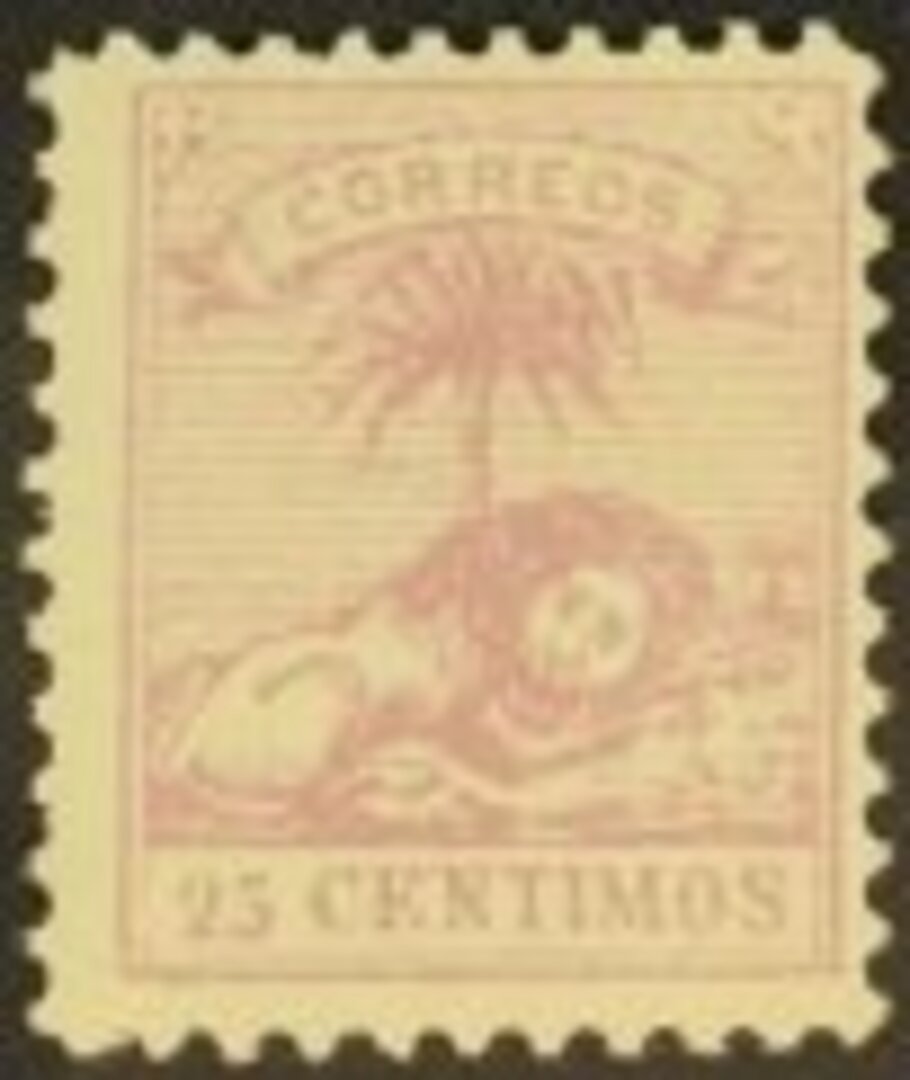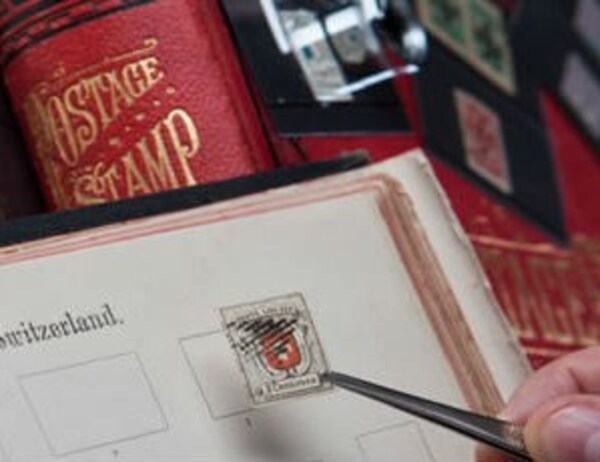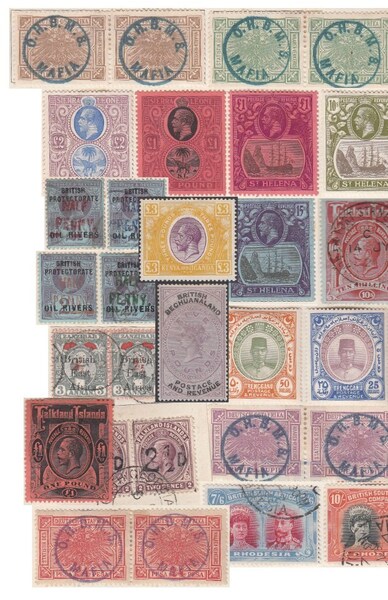The Morocco Local Stamps
Discover a little known North African philatelic oasis...
A country situated on the north western corner of Africa and separated from the rest of the continent by the Atlas Mountains and Sahara Desert, Morocco occupies some 172,000 square miles rich in ancient Medina heritage cities and traditions, of which philately and the establishment of local postal services were an integral part during the latter half of the 19th Century.
During much of this period the European colonial powers including Great Britain, France, Spain, Portugal and Germany, sought to divide all of Africa between themselves, anxious to exert and extend their influence, realising both the economic and strategic importance of the region. Whilst there were strong European representations, Morocco never became a colony of any other country.
As the great powers were offered incentives they in return provided protection and investment to assist the Sherifien Empire and Sultans who ruled throughout the 19th Century, until Morocco became a French Protectorate in 1912.
The immediate need for a postal service was recognised but was slow to develop. The first French Post Office was established within the French Consulate in Tangier in 1851, to be followed in 1857 by the first British PO, also in Tangier. After the Spanish-Moroccan War of 1863, a number of Spanish POs and German POs were also opened, including towns and cities within the interior. These provided the catalyst for the growth of the local postal services and development of networks linking virtually all the major towns, ports and cities, including the capital Rabat, important ports such as Casablanca, Tangier, Saffi, Mazagan, Larache, Mequinez and Mogador together with other cities and towns including Fez, Marrakech and Tetouan.
Despite the evocative local designs the European influence is clear with, for example, a set of eight 1897 local stamps incorporate the French word “Poste”, beneath which appears the encircled profile of a bearded Arab wearing traditional headwear with, on either side, a minaret, under which the route of the mail is identified as “Fez – Mequinez”. Another was for the route between Tangier and Tetouan, again issued in 1897 with 5 different values inscribed with the Spanish “Correos” above a lion laying asleep beneath a palm tree.
This summary can only be an overview of what is a fascinating subject. There is a clear distinction to emphasise the difference between indigenous ‘Local’ stamps and the more well known ‘Moroccan Agencies’ stamps which were issued by the European countries, including Great Britain, France, Germany and Spain. This myriad of local Moroccan stamps mixed with overprinted stamps of various European countries makes for a rich collecting area!
To complicate matters further, in 1892 the ruling Sultan, His Sherifien Majesty, Moulay el Hassan established the first official postal service, called the ‘Sherifien Post’. This utilised crude individual hand stamped Arabic cachets in various coloured inks applied to otherwise stampless covers, although occasionally some of the local stamps and these handstamps do appear together. This again adds to the intrigue and makes collecting Moroccan philatelic material so intellectually stimulating.
By 1905 French influence had grown to such an extent that Morocco seemed destined to become a part of its North African Empire. The postal service developed into a far more efficient and internationally recognised facility, though it was not until October 1920 that Morocco joined the UPU. The independence debate continued, culminating in a Conference held in Algeciras in 1906 yet the matter was not finally resolved until 1912, when Morocco became a full French Protectorate, though still partially partitioned with Spain. The philatelic impact was significant, included abandoning the government ink handstamps and replacing them with the new official adhesive stamps. The ‘Local Postal Services’ were eventually amalgamated with the ‘French Posts in Morocco’ at the beginning of October 1913.
Please peruse our current sale, where we are offering a wonderful array of these fascinating and beautiful local stamps.

 General
General
 General
General
 General
General